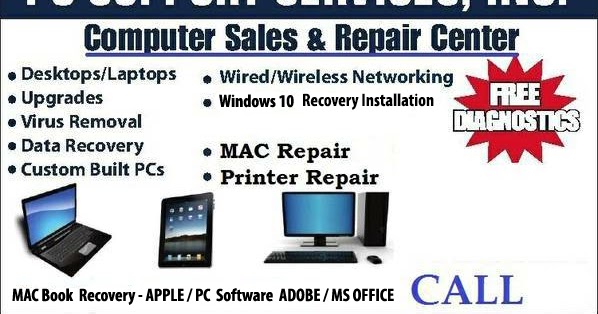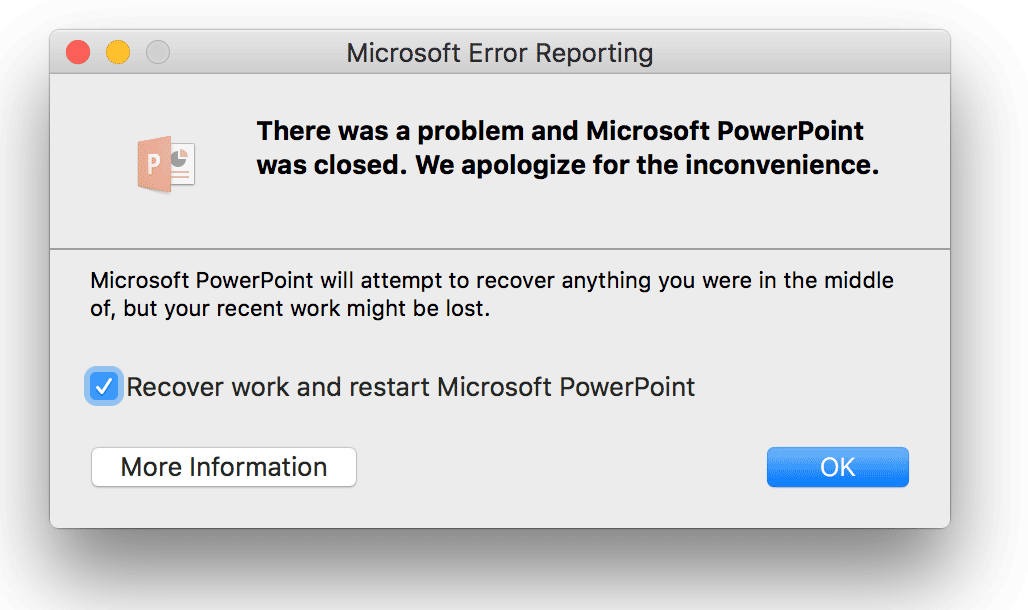

- #COMPLETELY UNINSTALL MICROSOFT OFFICE FOR MAC 2011 HOW TO#
- #COMPLETELY UNINSTALL MICROSOFT OFFICE FOR MAC 2011 PASSWORD#
- #COMPLETELY UNINSTALL MICROSOFT OFFICE FOR MAC 2011 LICENSE#
- #COMPLETELY UNINSTALL MICROSOFT OFFICE FOR MAC 2011 DOWNLOAD#
Go here to reinstall Microsoft Silverlight.īack in Library, open Fonts. WARNING: If you have the Microsoft Silverlight plug-in installed, you may need to reinstall if after removing this folder. Open Library, and then open Application Support. Step 4: Remove Microsoft folders and Office 2011 filesĬlick Go > Computer, and double-click your hard disk icon. These files are all specific to Office 2016 for Mac. NOTE: If you have Office 2016 for Mac installed on your computer, DO NOT remove any files with V2 in the name. Drag .plist to Trash.īack in Library, open PrivilegedHelperTools. Drag .ist to Trash.īack in Library, open Preferences. Open Library, and then open LaunchDaemons. The default name of your hard disk is Macintosh HD. Step 3: Remove files from Computer > Library foldersĬlick Go > Computer > double-click your hard disk icon. Still in Preferences, open ByHost, and drag all files that begin with " com.microsoft" to Trash.īefore continuing, if you created custom templates that you want to keep, copy them to another folder.īack in Library, open Application Support > Microsoft, and drag the Office folder to Trash. NOTE: If you have Office 2016 for Mac installed on your computer, DO NOT remove the file .ĭrag all files that begin with " com.microsoft" to Trash. Open Preferences and sort files and folders by alphabetical order. NOTE: Why hold down the Option key? The Library folder is a hidden folder, this way you can display it. Hold down the OPTION key while you click Go. Step 2: Remove com.microsoft files from Library > Preferences

These customizations include changes to toolbars, custom dictionaries, and keyboard shortcuts that were created. NOTE: Removing preferences using the steps below will delete any customizations that were made. Step 1: Remove the Microsoft Office 2011 folderĭrag the Microsoft Office 2011 folder to Trash. If the version number is 14.2.0 or above, you have Service Pack 2 and you should follow the Service Pack 2 steps when provided in this article. To check if it is installed, open Word, and then click About Word from the Word menu. IMPORTANT: The location of certain files are different if you have Service Pack 2 (SP2) installed. Make sure there's nothing in Trash that you want to keep. NOTE: If you're using a Mac that's part of a network at work, you might have to ask someone in your IT organization for help with signing in as administrator. If you own your own personal Mac, you probably already are. If you have Office for Mac 2011 icons in your dock, right click and hold the icon.Īll done! You've completely removed Office for Mac 2011 from your Mac. It's done when you see Process completed. completed," close this window and move on to the next section.Ĭontrol + click dockutil > Open. Type Y and press Enter to force close the program and continue with the uninstall. NOTE: If you still have an Office for Mac 2011 application open, you'll see a warning.
#COMPLETELY UNINSTALL MICROSOFT OFFICE FOR MAC 2011 PASSWORD#
Your password will not display as you type. Press Enter to confirm your choice.Įnter your local Mac admin password and press Enter.
#COMPLETELY UNINSTALL MICROSOFT OFFICE FOR MAC 2011 LICENSE#
Type Y to keep your license data on your computer. In your Downloads folder, open the Remove2011-master folder.Ĭontrol + click Remove2011 > Open.
#COMPLETELY UNINSTALL MICROSOFT OFFICE FOR MAC 2011 DOWNLOAD#
Download and open the Remove2011 toolĬlick the green Clone or download button. Use the Remove2011 tool to completely remove Office 2011 for Mac.
#COMPLETELY UNINSTALL MICROSOFT OFFICE FOR MAC 2011 HOW TO#
NOTE: If you don't want to use the tool and prefer to do all these steps by hand, you can learn how to Manually remove all OfficeForMac2011 files here. If you only want to remove the Office applications, see Uninstall Office 2011 for Mac. This is for troubleshooting purposes only. To do a complete uninstall of Office for Mac 2011, you can download and run this handy automated tool.


 0 kommentar(er)
0 kommentar(er)
